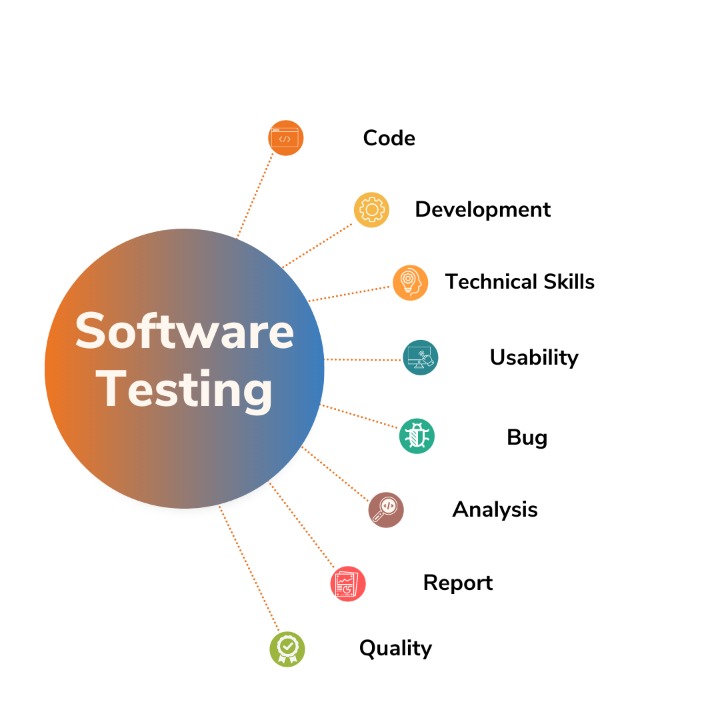 OTHERS
OTHERS Mandatory QA Checks Before Software Release

Here's a paraphrased version of the software testing types you listed:
🔥 1. Smoke Testing: A rapid initial check to see if the basic components of the software are working correctly, allowing further testing to begin.
✅ 2. Functional Testing: Testing each specific feature of the software to ensure it operates as expected based on the requirements, including both valid and invalid inputs.
🔁 3. Regression Testing: Re-testing previously tested parts of the software after changes or bug fixes to make sure these modifications haven't negatively impacted existing features. This is especially important in Agile development.
📱 4. Cross-Browser & Cross-Device Testing: Verifying that the application works correctly and looks good across different web browsers (like Chrome, Firefox, etc.) and various types of devices (phones, tablets, computers). This includes checking the layout, how responsive it is, and if all features function properly.
🎨 5. UI/UX Testing: Making sure the visual design matches the specifications (down to the pixel if needed) and evaluating how user-friendly the application is, including the placement of elements and the overall visual consistency.
🧪 6. API Testing: Testing the backend interfaces (APIs) to confirm they respond correctly, handle errors appropriately, and return the expected information. This often involves using tools like Postman or automated scripts.
📊 7. Performance Testing (for larger applications): Assessing how the application behaves under different levels of load, how long it takes to respond, and its stability when stressed. Tools like JMeter and k6 are used for this.
🧩 8. Integration Testing: Testing how different parts or services of the software work together. This helps find problems where different components meet.
🔒 9. Security & Access Control Checks: Verifying the login process, user permissions, roles, data privacy, and ensuring that unauthorized actions are prevented.
👥 10. User Acceptance Testing (UAT): The final stage where the product owners or clients test the software to confirm it meets their needs and expectations.
📄 11. Final QA Sign-Off: A formal confirmation from the Quality Assurance team, usually a document, stating that all tests have passed and the software is ready for release.